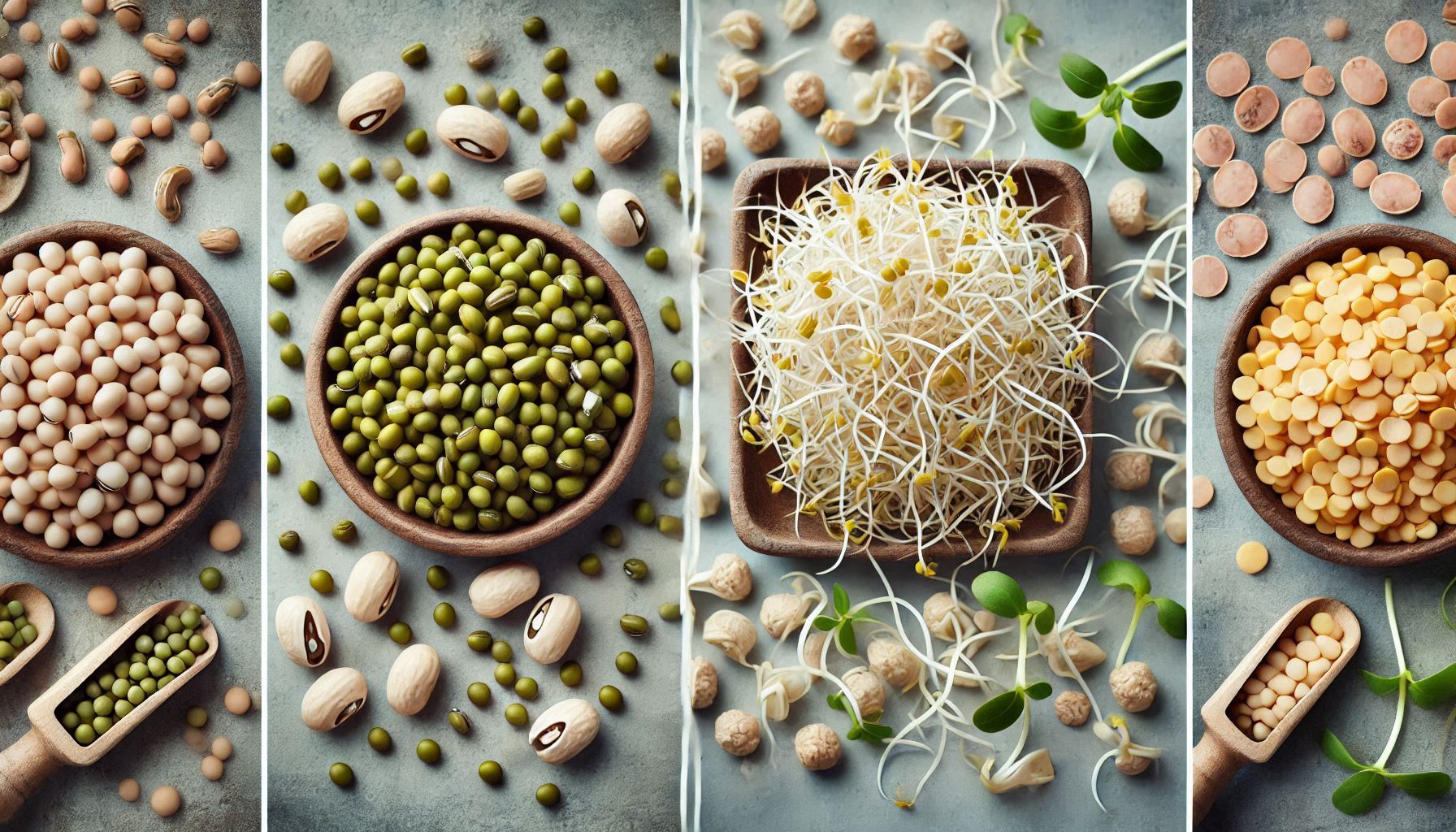
Bean sprouts might not be the first thing that pops into your mind when you think of protein-packed foods, but they do have their own nutritious allure. Crunchy, light, and full of life, these little powerhouses of nutrition are more than just salad garnishes.
Beyond their crisp texture, bean sprouts bring a load of essential nutrients to your plate. They’re low in calories but high in a bunch of vitamins and minerals, like vitamin C, vitamin K, and folate. And while you won’t find a protein punch like you would in a steak, they’re a decent enough addition, especially if you’re mixing up your protein sources in a mostly plant-based diet.
Now, about that protein. You might be curious if bean sprouts are enough to keep those protein levels up. While they may not compete with traditional protein sources such as meat or legumes, they definitely play a role in a balanced diet. That means if you’re adding them to soups, salads, or sandwiches, you’re giving yourself a little nutritional boost that contributes to your daily protein needs.
Remember, though, what makes bean sprouts stand out isn’t just their protein content but their combination of protein with other nutrients. Each bite offers a refreshing crunch that’s also loading you up with fiber and other micronutrients. So, if you’re aiming for a diverse and balanced diet, sprouts certainly deserve a spot on your plate!
Protein Content in Bean Sprouts: Facts and Figures
Bean sprouts generally aren’t topping the list when you’re thinking of protein sources, but they do contribute to your intake. A standard 100g serving of bean sprouts, like mung bean sprouts, will give you about 3 grams of protein. Now, that may not seem like much, but when you’re eating plant-based, every bit counts and can add up nicely with other foods.
So, how does a cup stack up? If you grab a cup of these crunchy sprouts, you’re looking at roughly 2.5 to 3 grams of protein. Again, keep in mind that they’re more about adding variety and nutrients rather than being your sole protein source.
But are sprouts a good go-to for protein? If you’re looking to boost protein, think of these sprouts as a supporting act rather than the main feature. They work well when mixed into meals that have other rich sources of protein. Add them to stir-fries, toss them in salads, or layer them into sandwiches; they’ll bring texture and an extra nutrient layer without making the main protein event feel left out.
And while bean sprouts themselves don’t pack a protein punch, some variations like lentil or chickpea sprouts do have a higher protein content.
So here’s a tip: mix and match your sprouts with other protein-rich foods. This strategy will not only enhance flavor and satisfaction but also ensure you’re getting a broader range of nutrients.
Which Sprouts Pack the Most Protein?
When you’re aiming to pack more protein into your meals, not all sprouts weigh in the same. While bean sprouts like mung sprouts are light in the protein department, other types flex a bit more muscle.
Lentil and chickpea sprouts stand out here for their higher protein content. Lentil sprouts, for instance, can have about 9 grams of protein per 100g serving. Chickpea sprouts aren’t far behind, offering a similar protein profile. This is a significant bump compared to the standard bean sprouts we’ve touched on.
This variety in protein levels means you’ve got options. Depending on your taste and nutritional goals, mixing in these protein-heavy sprouts into your dishes can make all the difference. Whether it’s a hearty salad or a filling soup, these sprouts bring more than just crunch—they bring sustenance.
So, if you’re sprout shopping, consider what your meals might need. Want more protein? Reach for those lentil or chickpea sprouts. These won’t just complement a dish but can transform it into a more potent meal, providing that additional protein punch your body craves.
Incorporating Bean Sprouts into a Protein-Rich Diet
Mixing bean sprouts into your meal rotation is a simple yet effective way to shake things up in your diet. You might underestimate these crunchy little things, but they offer flexibility no matter what you’re cooking up.
Bean sprouts can be boiled and cooked in salads or stir-fried with other proteins like tofu or egg.And for those times you crave a snack, lightly toss sprouted beans with soy sauce and sesame oil for a quick, healthy treat. Or go for a sprout-based dip or spread to have with bread or veggies
Remember, while bean sprouts are great, they shine best when harmoniously balanced with other protein-rich foods. Pair them smartly. Think of including sprouted grains, beans, or legumes into your meal plans. Such a mix keeps your dietary intake both broad and tasty.
Trying something new often means experimenting with flavors, so don’t hesitate to try them in different dishes. With sprouts, there’s little risk and plenty of rewards when building a protein-rich diet.

